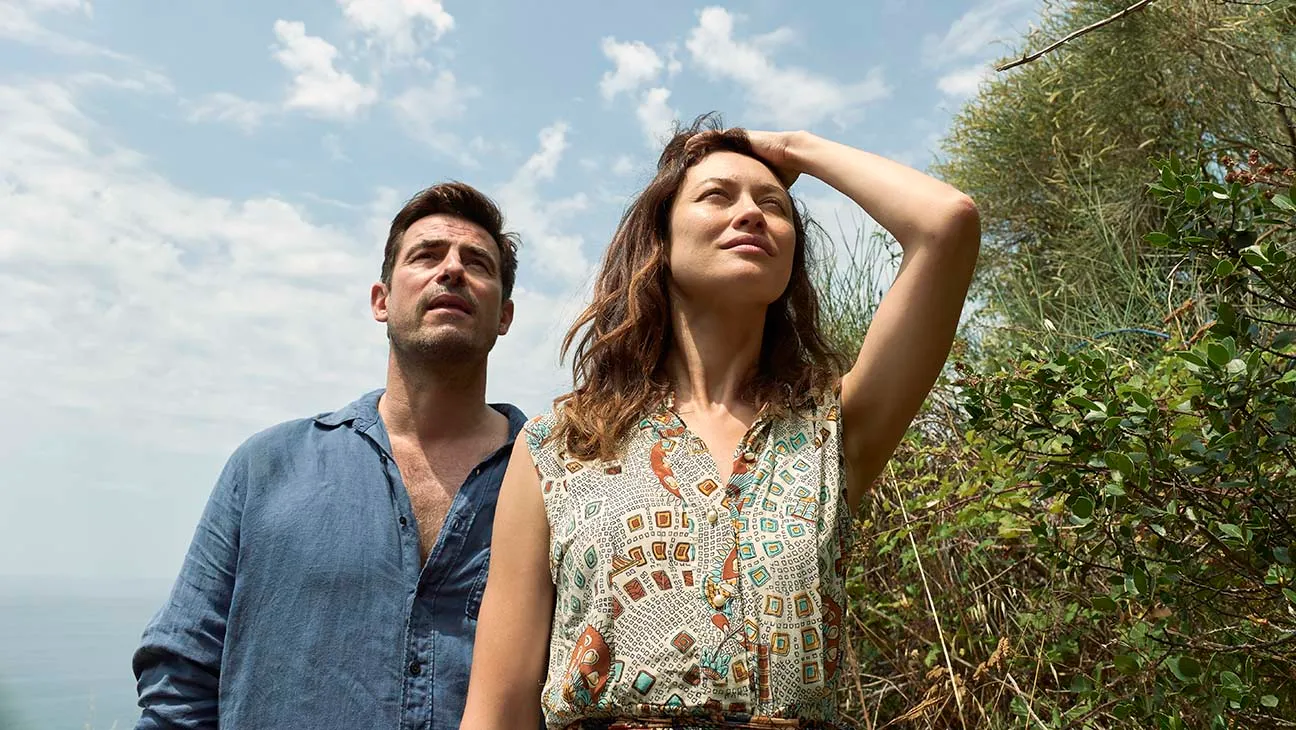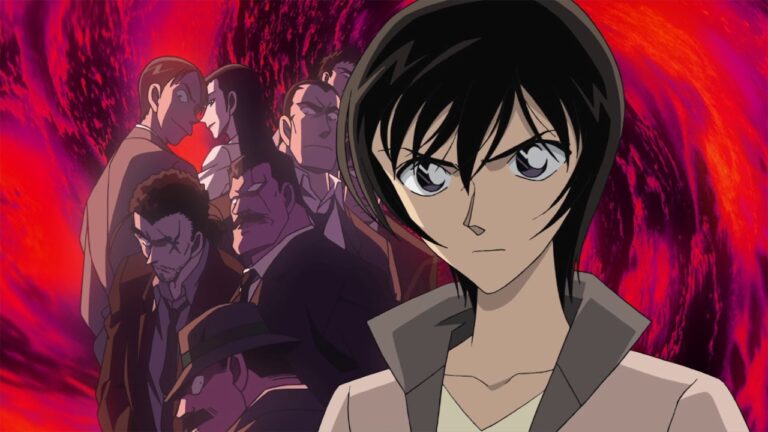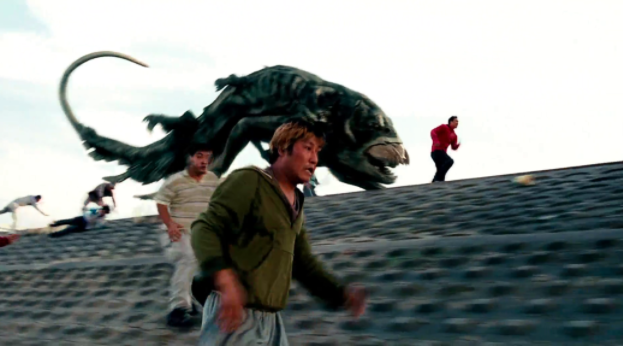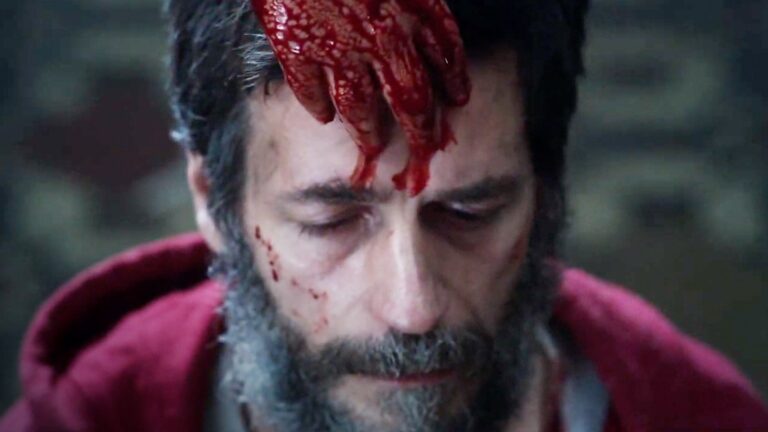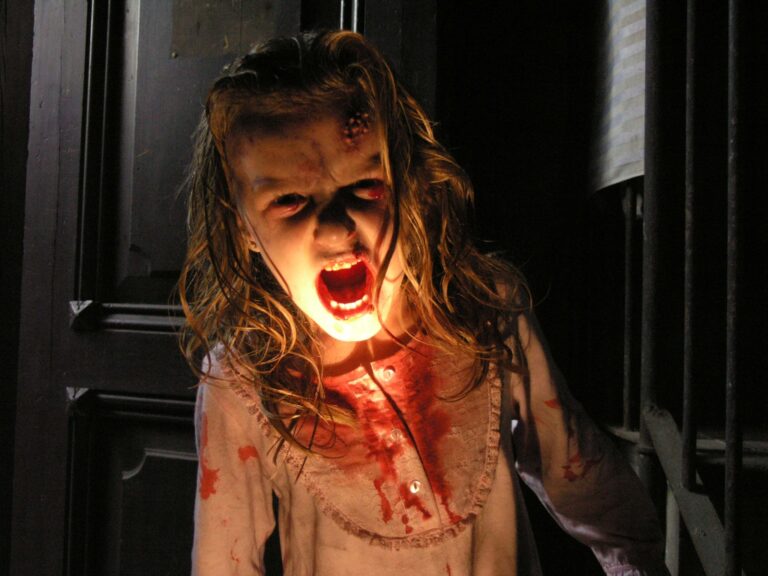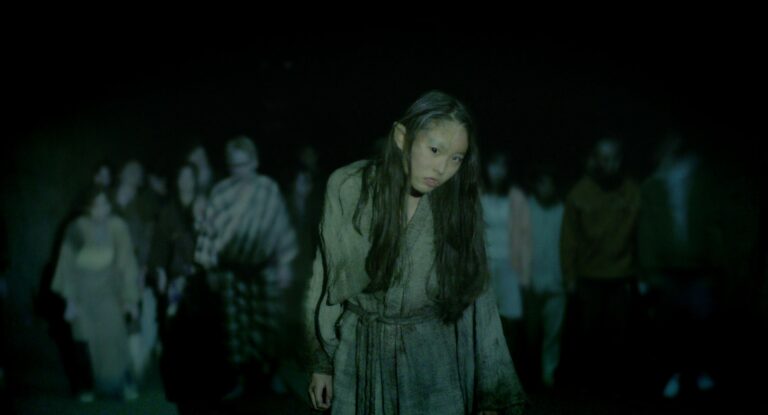Review of The Bay of Silence (2020): A Haunting Yet Flawed Drama
The Bay of Silence (2020) unravels the troubled past of Rosalind, a woman scarred by childhood abuse, as her husband, Will, uncovers the truth. Framed as a car accident that left her with psychological trauma, the film peels back layers of her history, but it struggles to fully captivate.
Plot Summary
Rosalind and Will, newly married, move into a new home. While photographing Will and their three children, Rosalind plummets from the second floor, landing in the hospital where she gives birth. She insists she was carrying twins, yet only one child survives. Her mental health deteriorates, and though Will urges her to seek treatment for depression, she refuses. Before leaving for work, Will notices a package delivered for Rosalind but thinks little of it. Later, Rosalind vanishes with their children.
Will discovers Milton, a family acquaintance, in their home, claiming the door was unlocked. Noticing writing on a film strip, Milton leaves abruptly. Will opens the package, finding unprocessed film. Developing it, he uncovers photos of a house and a photographer’s name scrawled on the back. A Google search leads him to the house’s location, where he learns their newborn died—a fact he buries without notifying the police. He brings Rosalind home, spotting a man, Pierre Laurent, on the way but dismissing it. At the hospital, Vivian reveals Rosalind’s past: at 14, she was raped, triggering schizophrenia. After marrying Will, her symptoms mysteriously paused, leaving him stunned that no one disclosed her condition.
Back home, Will finds Rosalind’s medication untouched. A journalist calls about Rosalind’s “car accident,” prompting Will to confront Milton, who hands over a falsified accident report and cash. At a bar, Will searches for Becca, a figure tied to the mystery, but no one knows her. Developing more photos, he realizes they’re part of a lost collection linked to a photographer’s assistant who was wrongfully imprisoned. When Rosalind returns, she begins treatment, remembering little of the accident or her past. Will’s renewed search for Becca yields nothing. A heated confrontation with Rosalind about their lost child escalates when Will discovers she knows he opened her package. Milton intervenes, and Rosalind, overwhelmed, is sent away.
Will visits Becca’s home, learning Rosalind fled there after discovering their child’s death. Confronting Milton, Will is met with a locked door and police sirens. In an alley, Pierre Laurent confesses: he hid the incriminating suitcase years ago, returned it to Rosalind after his release from prison, and was arrested for her assault when he tried to stop her from fleeing. At Milton’s house, Rosalind sees the photos, recalling that Milton raped her as a teenager. As Will enters, Milton shoots at him, but Rosalind fires back, intending to kill Milton. Will stops her, and Pierre delivers the fatal shot.
Key Themes
The film’s strongest element is its exploration of underage sexual assault and its devastating aftermath, from schizophrenia to lingering trauma. The twist—that the perpetrator is someone close, like a family friend—adds a chilling layer. While not a novel topic, it remains a timeless issue, tackled in many classic films. Unfortunately, The Bay of Silence doesn’t dig deeper, circling around Will uncovering Rosalind’s past, identifying the rapist, revisiting the crime’s setting, and confronting the culprit. This formulaic approach feels stale, like a faded reel from an old movie, dampening its impact. The story’s grim, tranquil tone is striking but fails to refresh a well-worn theme, leaving viewers with a sense of familiarity rather than revelation.
Labeled as Adventure, Drama, Mystery, and Horror, the film only partially delivers. The “adventure” of Will tracking Rosalind and their children to a house tied to her past is passable, and the “mystery” of her hidden trauma unfolds adequately. But the “horror” and “drama” fall flat. Burying a child or killing a rapist might be grim, but they don’t evoke true horror. The drama, while heavy, feels overly subdued, missing the intensity needed to grip the audience.
A Somber, Eerie Aesthetic
What stands out most is the film’s muted, almost suffocating color palette, blending mystery with an unsettling calm. Its slow pace, neither rushed nor dragging, evokes a quiet dread, like a rewind into the psyche of a survivor. I appreciated this haunting vibe, which resonates with viewers drawn to introspective storytelling. But for those who dislike such restraint, it can feel tedious or off-putting. If you value a film’s deeper meaning, you’ll likely find this aspect compelling.
Where’s the Horror?
Let’s be honest: the film’s “horror” label is a stretch. If we set aside the lack of action or high stakes—fair, given the story’s focus—the horror is nearly nonexistent. The somber tone carries a faint eerie edge, and Rosalind’s traumatic past is unsettling, but that’s where it ends. No chilling moments or visceral scares emerge, making the horror tag feel like a misstep. This gap left me disappointed, docking points from an otherwise intriguing drama.
Final Thoughts
The Bay of Silence tackles a weighty subject with a moody, deliberate approach, but it stumbles in execution. Its exploration of trauma and its ripple effects is poignant yet underdeveloped, leaning on a predictable structure that feels dated. The film’s haunting aesthetic and slow-burn mystery are its strongest suits, appealing to those who savor reflective narratives. But its failure to deliver on promised horror or freshen a familiar theme holds it back. It’s a decent watch for fans of quiet, psychological dramas, but don’t expect thrills or innovation.

